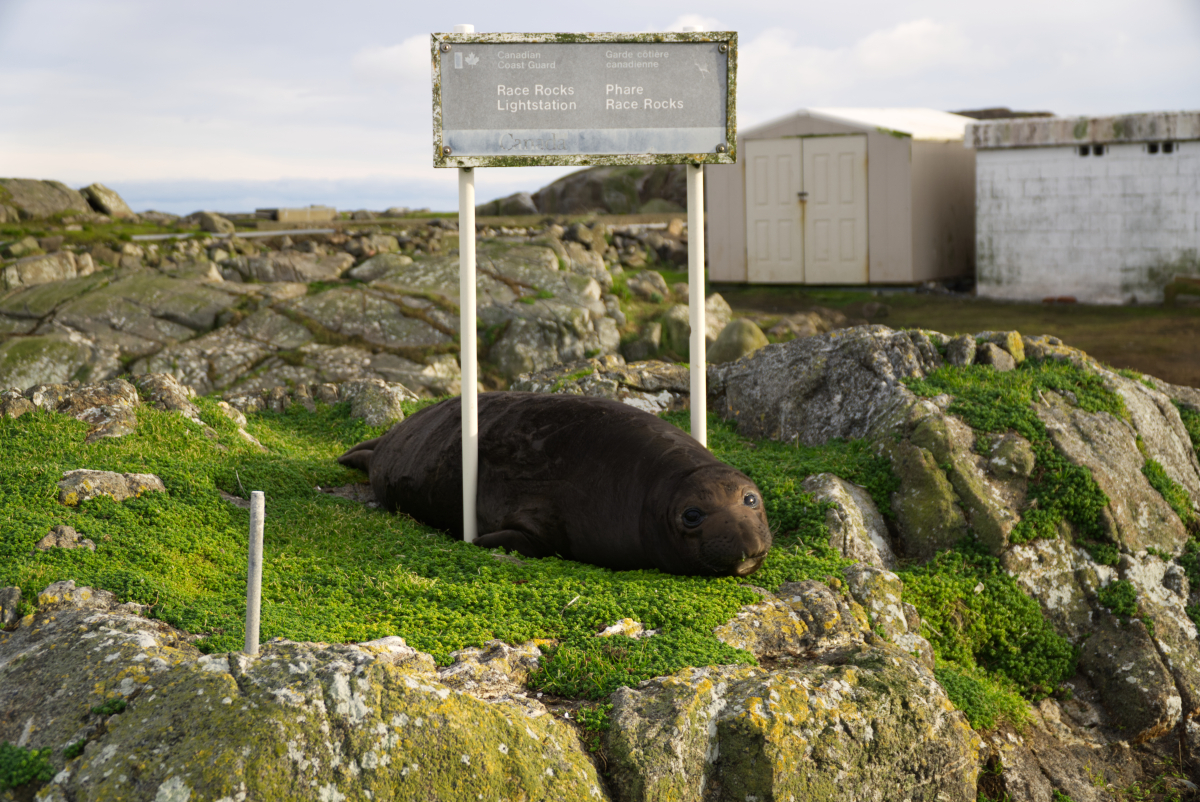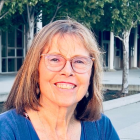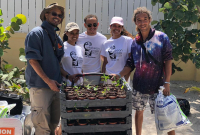Support strong Canadian climate journalism for 2025
These in-their-own-words pieces are told to Patricia Lane and co-edited with input from the interviewee for the purpose of brevity.
Arian Tomar, a 19-year-old Indigenous Hmong-Indian American documentary filmmaker, mentors and supports youth climate leaders.

Tell us about your project.
As part of a project with Gulf Islands-based I-SEA and Vancouver Island’s Take A Stand: Youth for Conservation, I support young people with good ideas about climate action to deepen their knowledge and amplify their abilities to make a difference in the ways that matter to them.
For example, Emmanuel Shamambo is currently enrolled in the climate leadership program at Pearson College in Metchosin. I am helping him combine his talent in illustration with his concern for deforestation in his native Zambia. I found a small grant to give him motion-graphic creation capacity so his community can better understand the scale of destruction and pathways to change. We are using social media networks to disseminate the information.

How did you get into this project?
As a high school student in Minnesota, I had trouble finding a community that reflected my values of service and multiculturalism. United World Colleges seemed to offer that, so I applied and was thrilled to be accepted at Pearson College on Vancouver Island. But many of the students from the other 80 countries who participate could not join us because of COVID-19 restrictions on travel. I had the idea of providing video footage of our on-site experiences to augment their online learning.
In one case, I filmed a science class at the Race Rocks Ecological Reserve where we observed the mating, nurseries and migration patterns of marine mammals. A 30-pound northern elephant seal pup, “Cheermeister” — named for his enthusiastic attitude — followed me around! I was able to get extraordinary footage of him and California sea lions and other marine mammals. It was as if I had become a National Geographic filmmaker. Sharing this and other footage made the science we were learning come alive for students from such places as Moldova, Singapore, Chile, Argentina and China and gave me immense pleasure.
Cheermeister later died as the result of a skull fracture. I was devastated but also realized that my art had honoured and preserved his life story. I became convinced that art and storytelling are every bit as important as business and science and technology acumen in ensuring our appreciation of the more than human natural world.

I then hosted a series of video interviews with young climate activists and that series led to receiving a Youth Climate Activism Award. But I knew there were many other young people who were promising young leaders who did not have projects quite as well-developed or who did not have the same opportunities. So, I approached I-SEA to see if they would support a development program to mentor and support some of them. We are piloting our first cohort this year and hope to expand it rapidly over time.
What makes this work hard?
I am a full-time university student and sometimes it is hard to get the balance between work, studies and student life right.
Most of the young people I know live under a cloud of fairly acute eco-anxiety. There is so much to be done and decision-makers are moving much too slowly. Fortunately, I am energized and inspired every day by my mentees, which grounds me and gives me strength to move forward. Mentoring is a sustainable endeavour because it requires one to reflect on one's own path at the same time as providing exposure to new ones.

What do you see if you get this right?
Young people all over British Columbia are empowered to take initiative to be the change they want to see in the world.
Is there something about the way you were raised that has influenced you?
My immigrant parents worked very hard to give me opportunities. While they assumed I would go into business or science or technology, their acceptance of my path toward the arts and climate action has been an essential source of support for me. The values with which I was raised — hard work, creativity, caring, humility and courage — are showing up in the work I do now on climate change.

What advice would you like to give to other young people?
When I feel unsure as to the best path to take, it helps me to remember that others have walked similar paths before. Young people were in leadership at Fairy Creek but 40 years ago, people took a stand to protest old-growth logging at Clayoquot. We do not have time to reinvent every wheel and, fortunately, there are many in the generations before us who are still standing up to be counted.
If you figure out what is really important to you, these values will allow you to make a bigger difference than you might think possible.
What would you like to say to older readers?
Let young people take the lead, but stick around to guide the path.







Comments